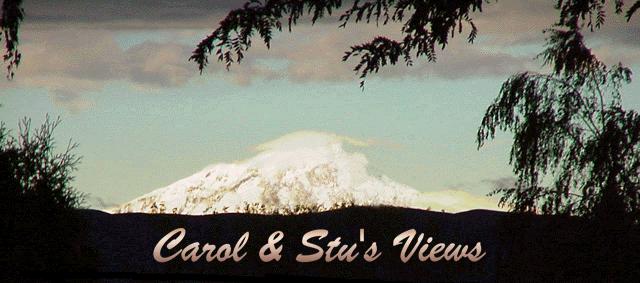

KOMA RadioKOMA radio was a powerhouse with 50,000 watts at 1520. It had the greatest coverage area of all the Storz stations with a nighttime signal that covered much of the country. Listeners would call in with record requests from across the country and beyond, including Hawaii. The Storz Top-40 sound, blending the most popular music of the day with engaging personalities and weather, news and sports, plus promotion, was rather primitively produced in those days. There were five turntables, two for the top-40 hits and three for commercials and promos, along with an echo chamber, filter mic and a MacKenzie Repeater. Not too many people are familiar with the MacKenzie, but it was the forerunner to the tape cartridge machine and at KOMA its five decks were loaded with the time tone, slow and uptempo jingles, weather intro and news intro. Commercials and promos were produced on tape and then transferred with a record cutting lathe to acetate records for playback on the air. All of this controlled by a Western Electric audio console that I think was designed for ambidextrous disc-jockeys. The filter mic, which had a telephone like sound, was used for the KOMA weather tower reports and the Hammond Organ reverberation unit was used to underscore datelines in newscasts.
|